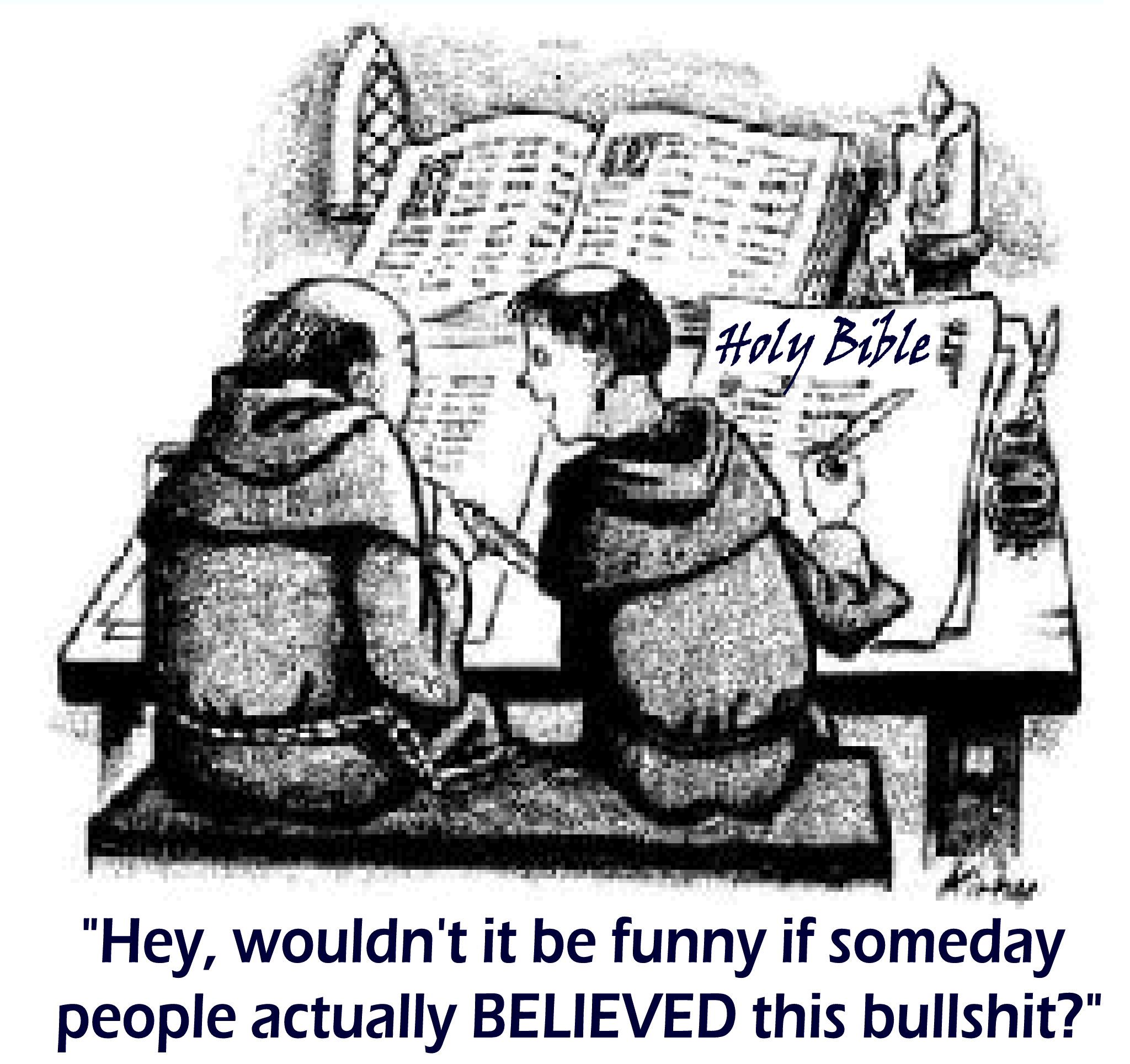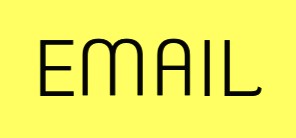
Should You Trust the Bible?
The world used to be very very different.
For most of human history:
1. Nobody could read. Nobody. The literacy rate was about 3%. This was true up until just a few hundred years ago.
William Shakespeare's wife was illiterate.
If you're illiterate, somebody can tell you that a piece of paper says anything.
2. There were no printing presses and no Xerox copiers. The only way to create (or copy) a book or a letter was to take a blank piece of papyrus and a quill and a pot of ink and write it out by hand ... one letter at a time. This was a tedious and laborious process (and the copy that was made was almost never 100% accurate).
The (few) people who could read and write were called scribes.
By the way: Christians will brag about how "well-attested" the New Testament is because "we have thousands and thousands of manuscripts!" What they don't tell you is that 90% of those manuscripts were copied (from an imperfect copy of an imperfect copy of an imperfect copy) more than 800 years after Jesus died.
 Now imagine that it's 449 CE. In a dark cell, a monk, who is allowed only one candle per week (candles were
expensive), is hand-copying a copy of Isaiah ... in Hebrew. Or II Corinthians ... in Greek. Or Latin.
Now imagine that it's 449 CE. In a dark cell, a monk, who is allowed only one candle per week (candles were
expensive), is hand-copying a copy of Isaiah ... in Hebrew. Or II Corinthians ... in Greek. Or Latin.
On his desk, on the left-hand side, is an old scroll — a copy of a copy of a copy — of Isaiah. To the right of it is a blank page — his work surface.
It is boring work. The room is not well lit. Corrective eyeglasses have not yet been invented. If the temperature outside is hot, the temperature inside the cell is hot. If the temperature outside is cold, the temperature inside the cell is cold.
He's been promised that if he turns out 10 more pages he can take a day off, go into town, and eat an apple.
He knows that the only person who's likely to proofread his work is his superior, an elderly man whose eyesight is certifiably bad, an elderly man who has 14 other monks reporting to him, and who doesn't have enough time nor candles to proofread everything that's turned in to him. It's very unlikely that some other scribe will take the time to put the original (well actually, it's NOT an original — it's just an earlier copy) and the young monk's copy side-by-side and go through them, word by word, looking for mistakes.

The young monk works faster than he should, and from time to time his work is ... less than 100% accurate.
He also knows that the end user (of this Bible copy that he's helping create) is someone who cannot possibly be familiar with every word that's in the Bible. Remember, there are no printing presses. And there are very few people who can read. And nobody owns a Bible.
Nowadays we take it for granted that a sincere Christian will spend time studying the Bible, memorizing his favorite passages, and in a debate will quote the Bible to his buddy across the coffee table, and that buddy will quote the Bible back to him.

But back in 449 CE, a church might have one Bible ... maybe. And personal Bibles? Even a very rich man wouldn't have a personal copy of the Bible.
So here's what our copyist/scribe monk does: He considers himself to be a theologian. He has a firm idea in his mind what Christian doctrine is. He finds himself copying a passage that he himself was not familiar with, and he thinks that it should reach a certain conclusion, that is, there are three sentences that should lead to a fourth sentence, the fourth sentence being a clear statement of the idea (the idea that he likes).
But sentence #4 isn't there.
This monk will be greatly tempted to add sentence #4. Why not? He isn't worried about getting "caught."
Or let's say sentence #4 is there, but it states a conclusion that contradicts his theology.
He simply leaves it out.
We think this is how we got I Corinthians 14:34-35. Scholars believe that these two verses were not in Paul's original letter but were added by a copier/scribe. In some manuscripts, these two verses appear at the end of this chapter (after verse 40).
Interestingly enough, I Corinthians 14:33, the verse immediately before the "women should shut up in church" verse, says that God is not the author of confusion but of peace. If verse 34 is authentic — if Paul actually wrote it — it seems that he thought of telling women to shut up in church right after he thought about things being confusing.
One other thing that's special about 449 CE: Christians got their doctrine from the church, not from a book (see I Tim. 3:15 — the "pillar and ground of the truth" is the church.) The vast majority of Christians lived and died without ever reading a Bible. Modern-day evangelical Christians are often accused of worshipping a book instead of a God.
And as for our monk — the "copy" of Scripture that he just created was later used as a source (by other copyists), so that this (added) passage became "scripture."
There are many other instances where a particular passage, or a sentence, or a clause, or a word, is found in some manuscripts of the Bible but not in others. The best-known examples are
• • • Mark 16:9-20 — Extra details about the resurrection of Jesus. The earliest manuscripts don't include this passage.
• • • John 7:53-8:11 — the Pericope Adulterae - the story of the woman caught committing adultery - "Let any one of you who is without sin be the first to throw a stone at her" - the oldest manuscripts don't have it.
• • • I John 5:7-8 — the "Johannine Comma" - a few words were left out (or added in, depending on which old manuscript copy you pick up). The extra words affirm the Trinity, a doctrine that the Catholics consider to be very important.
• • • Matthew 17:21 — nobody's sure whether this verse belongs in the Bible or it doesn't.
Someone who micro-studies the Bible and tries to build his life on it could very well be compared to the man in Matthew 7:26-27 who "built his house on the sand."

|

|